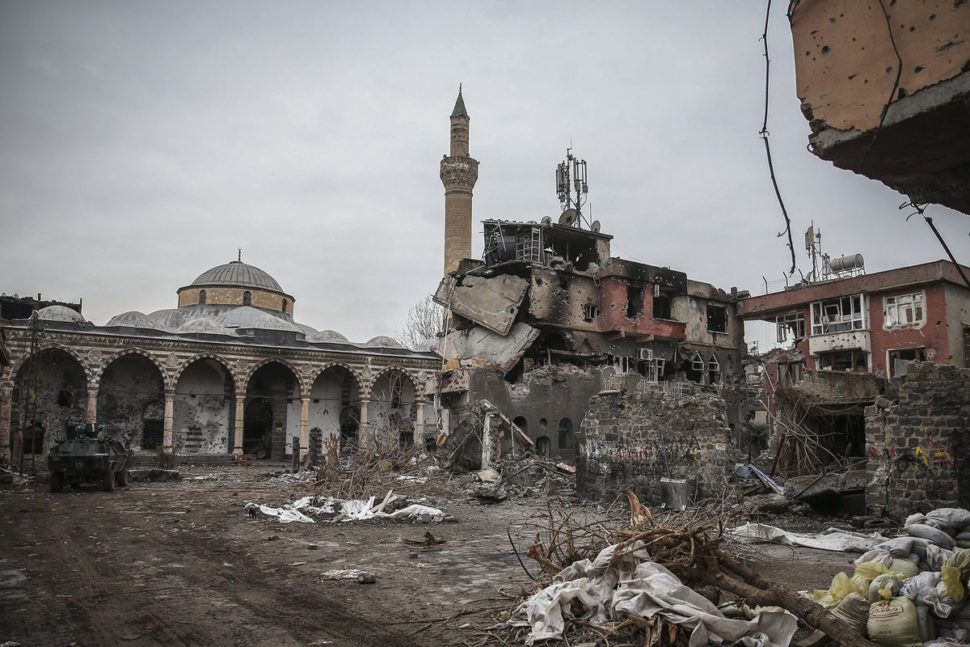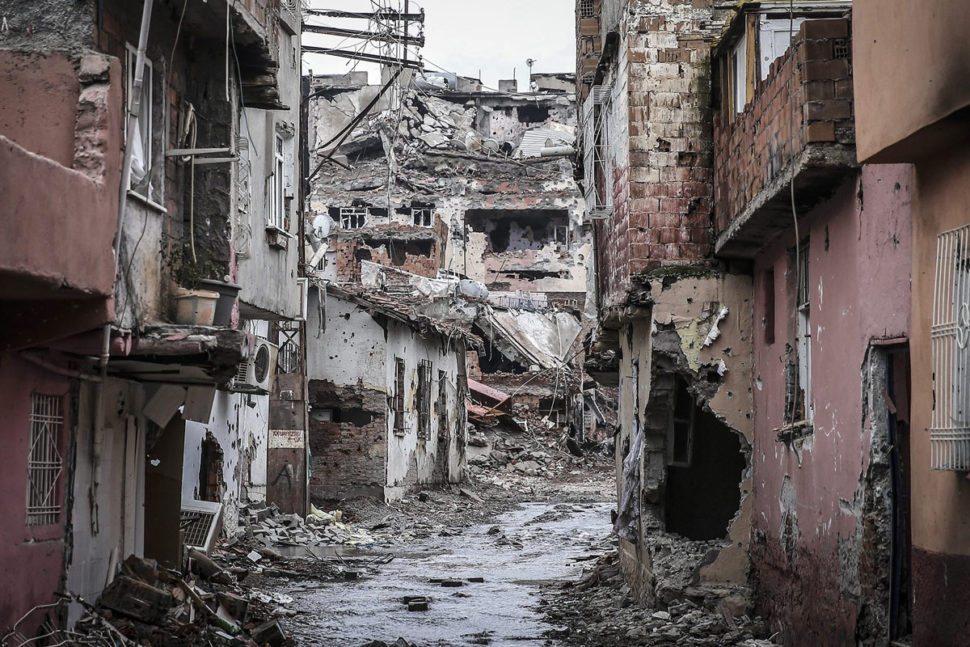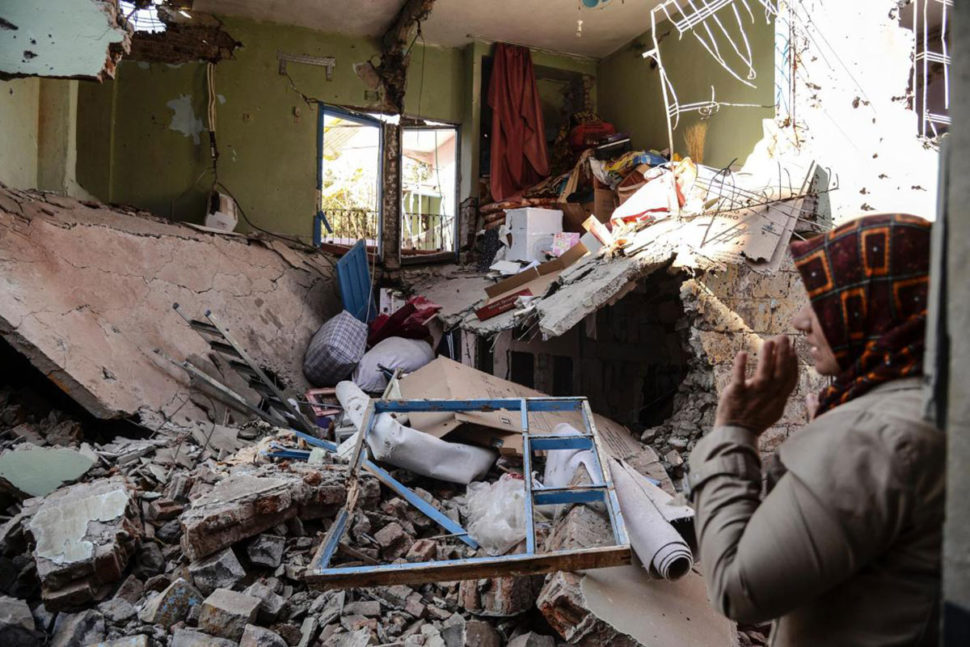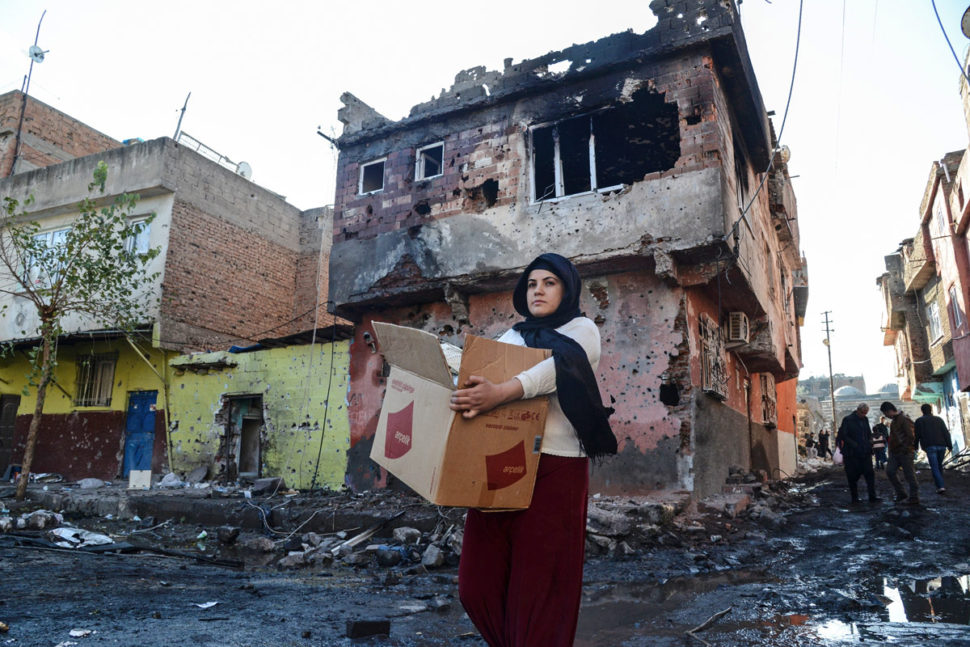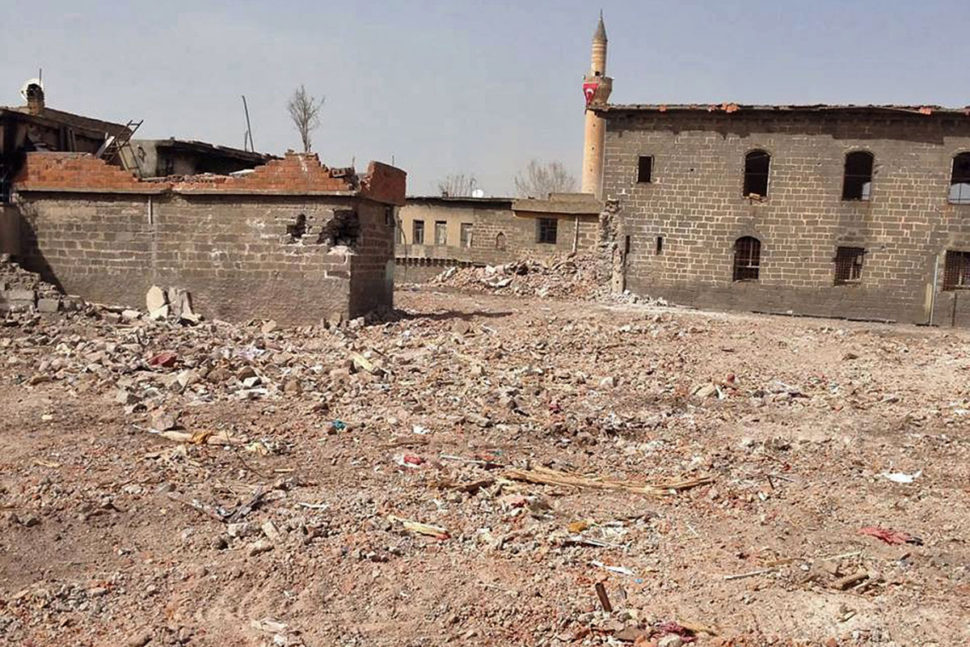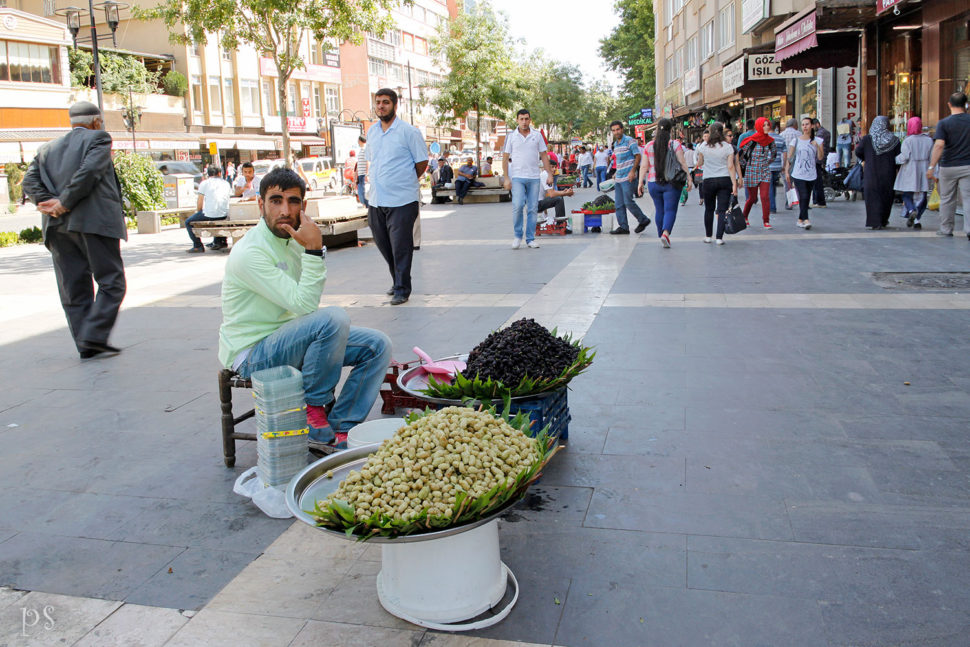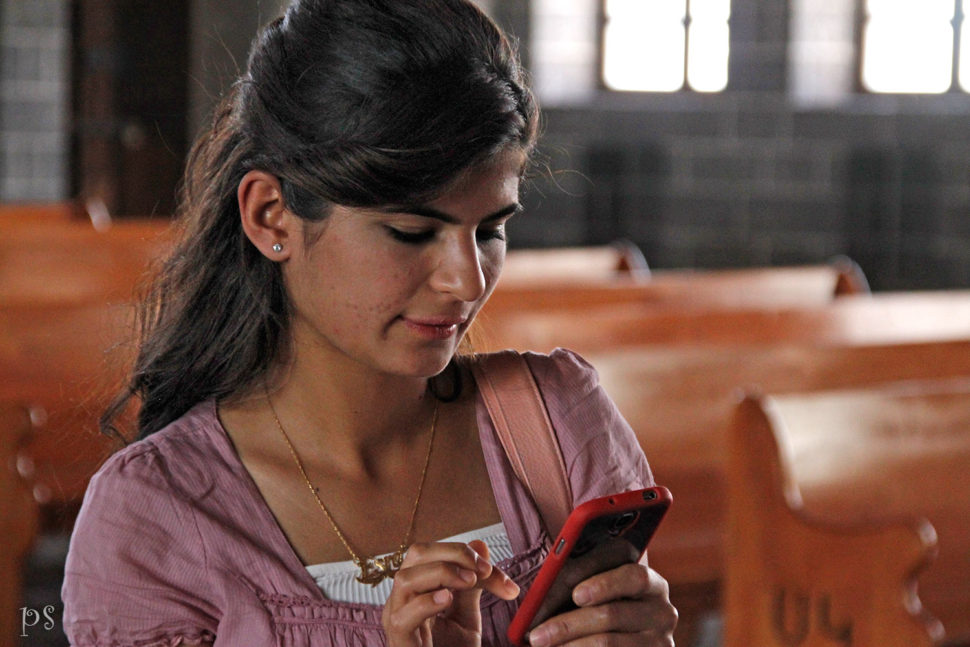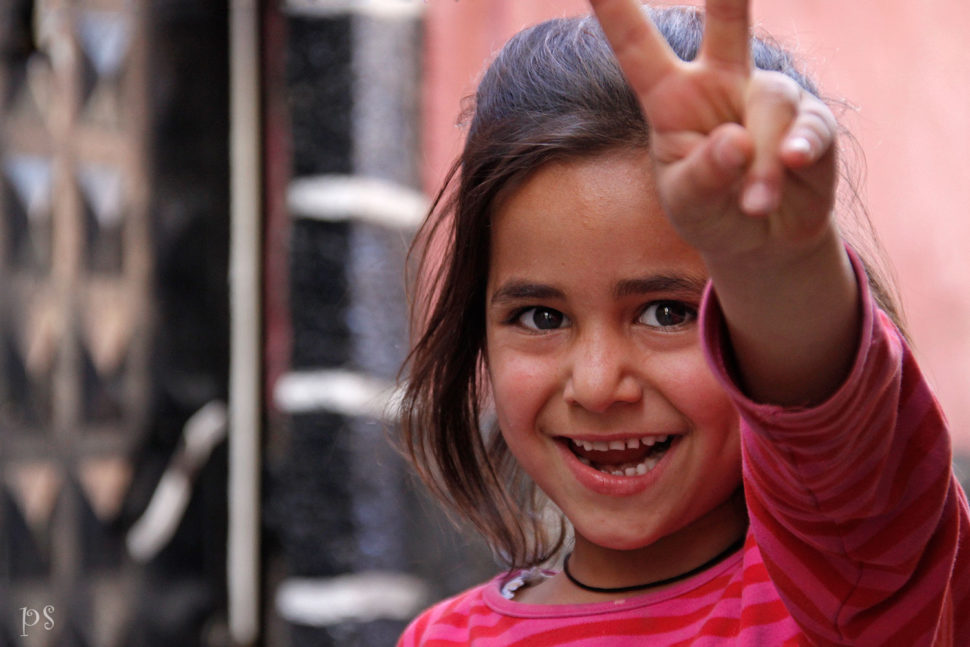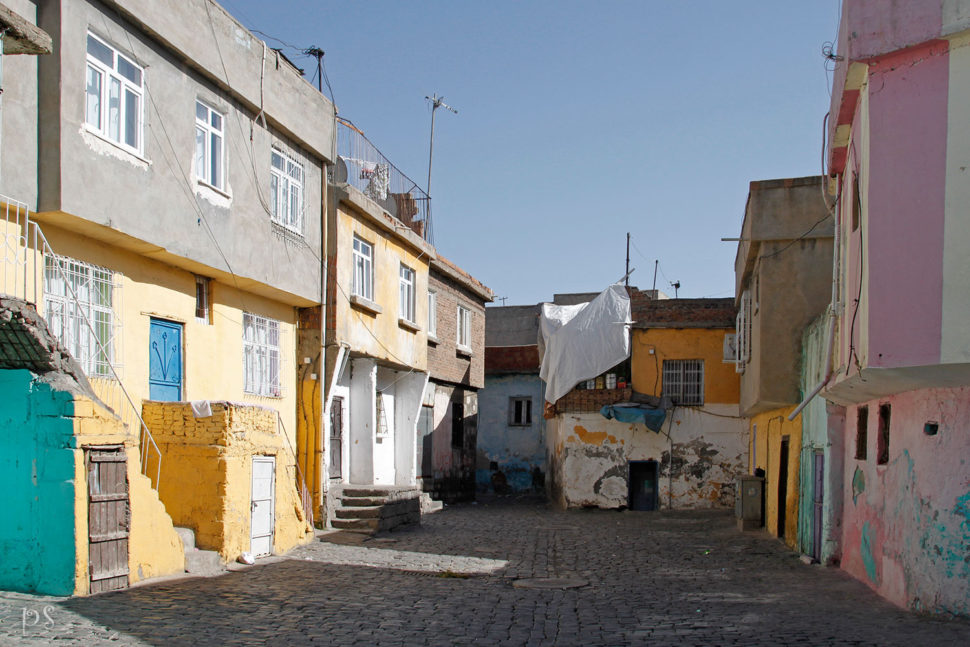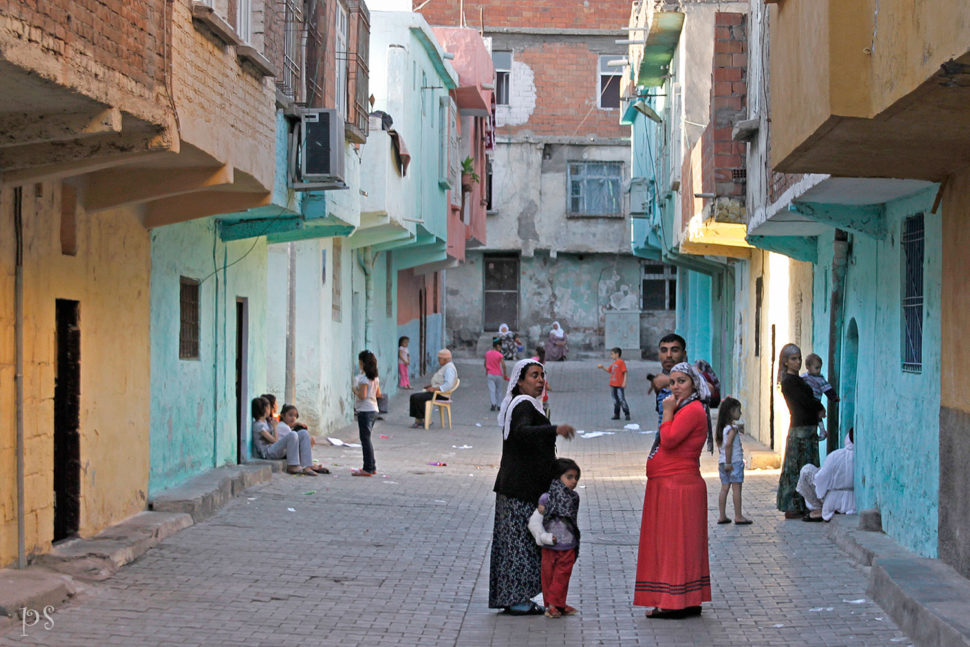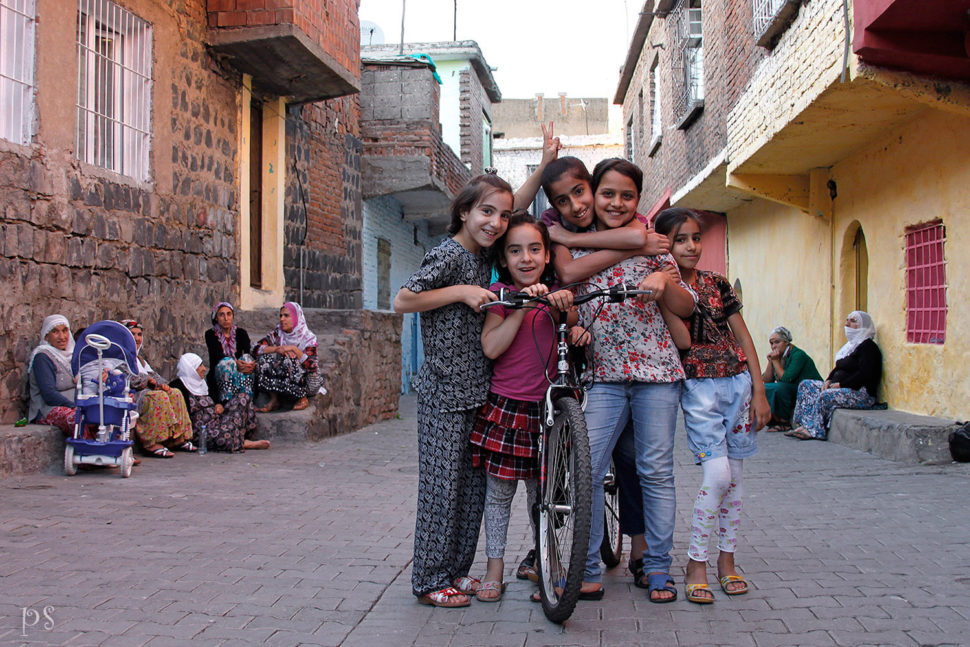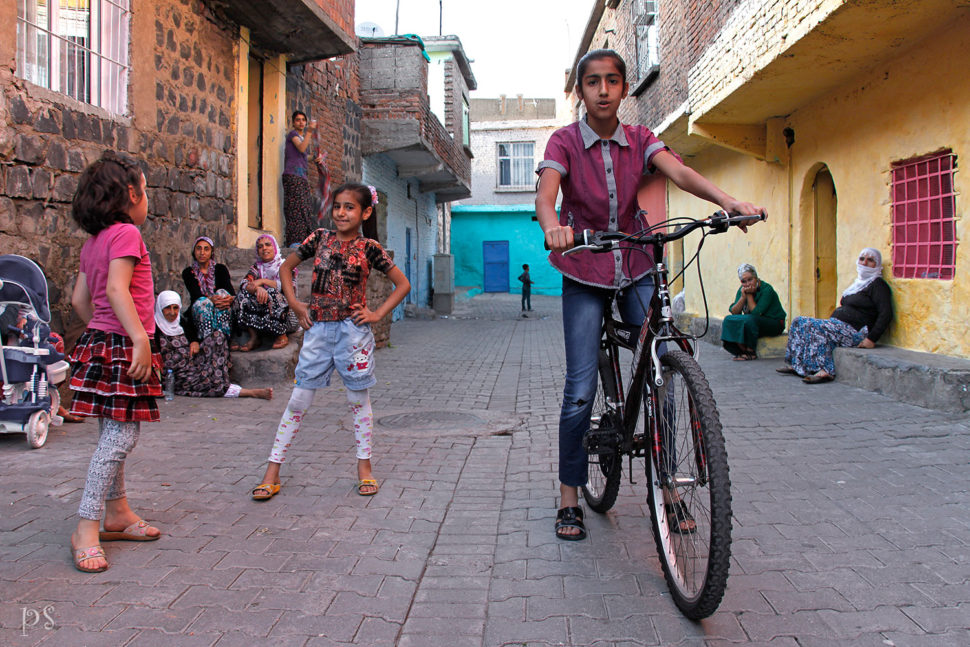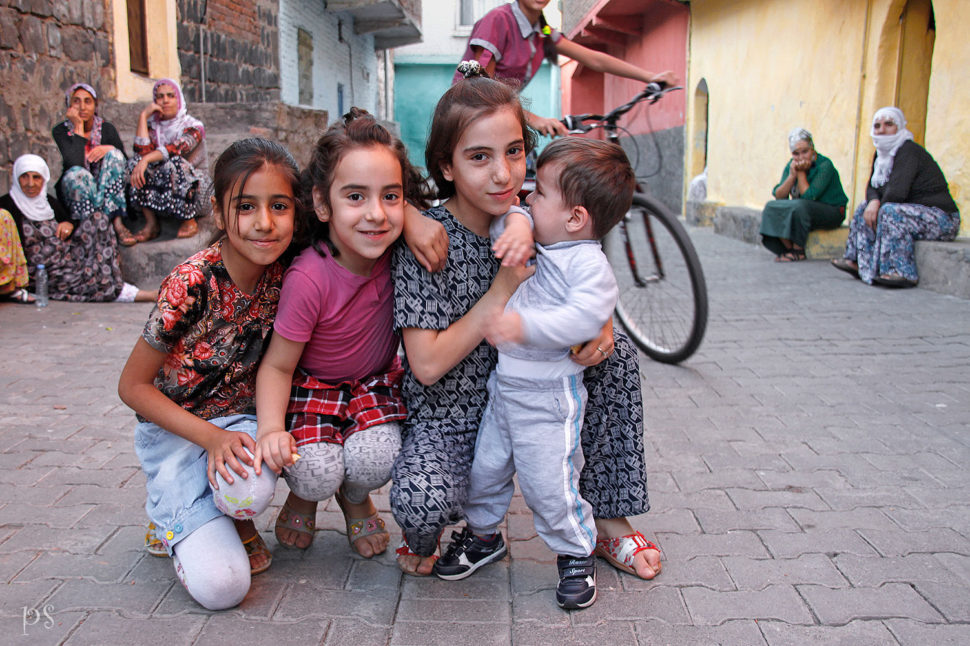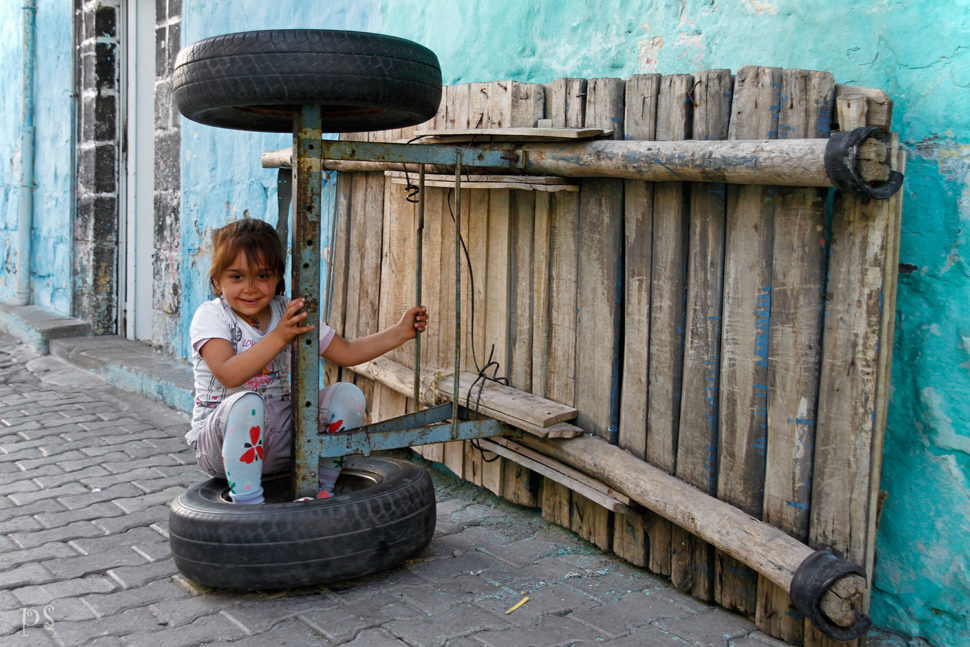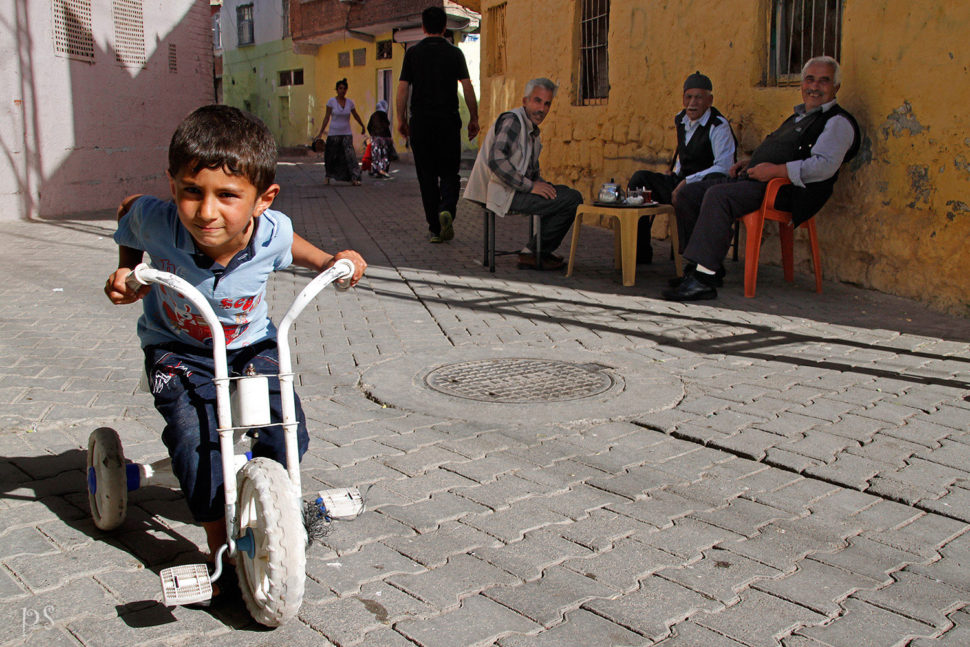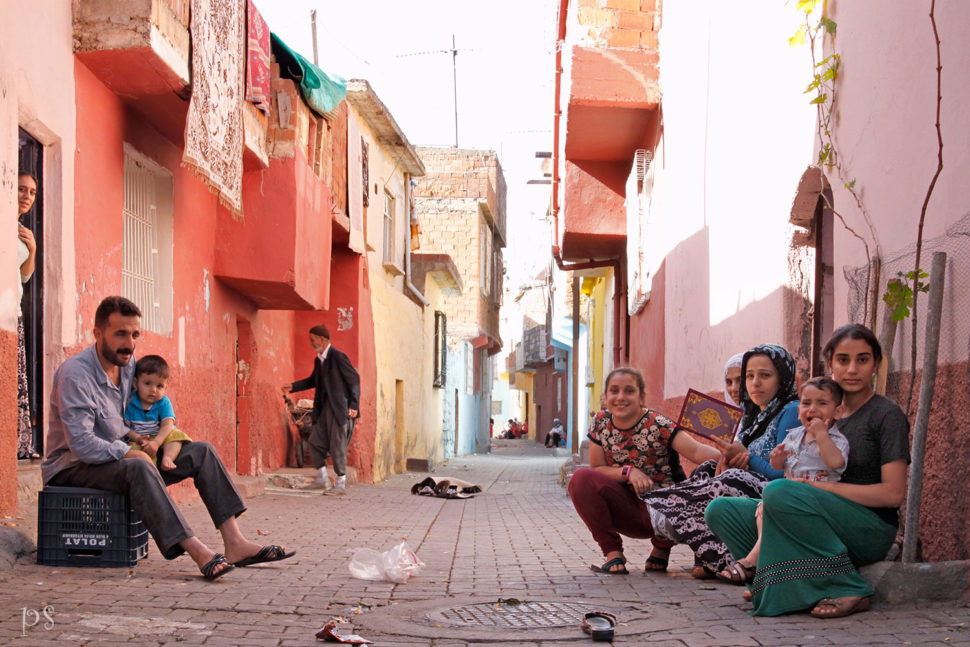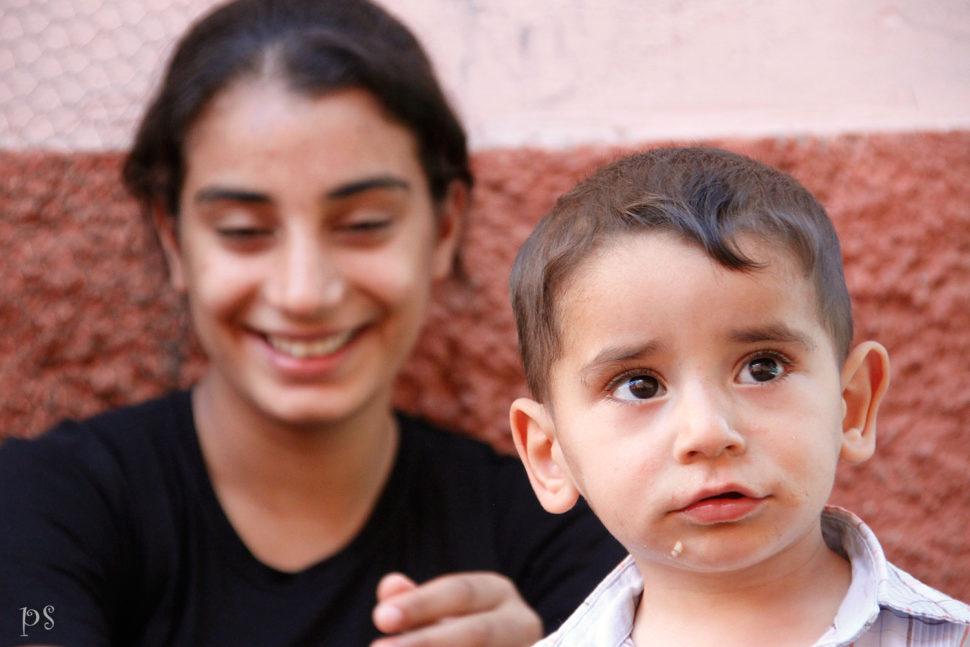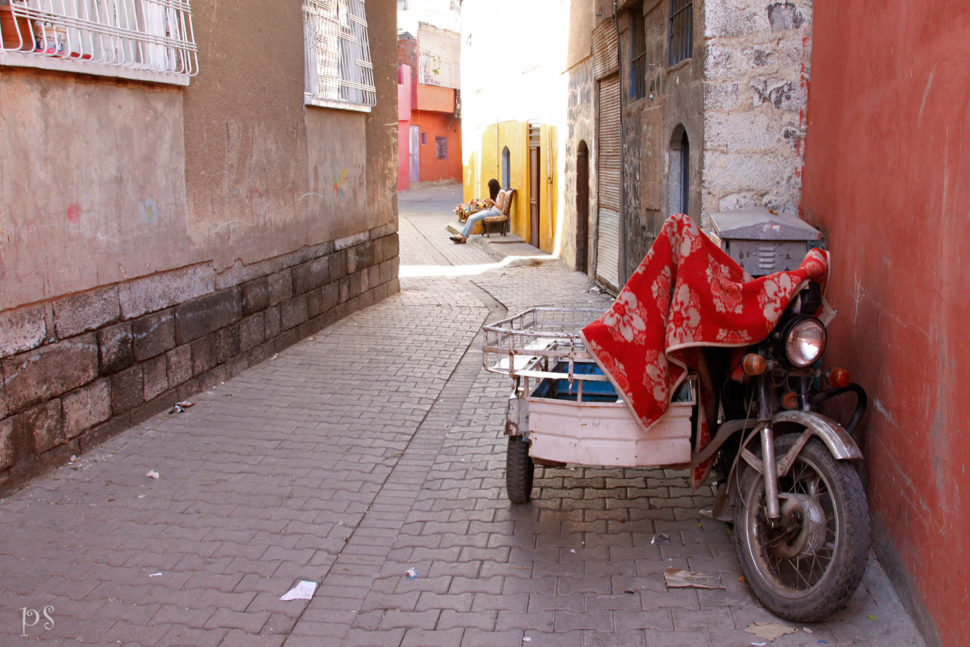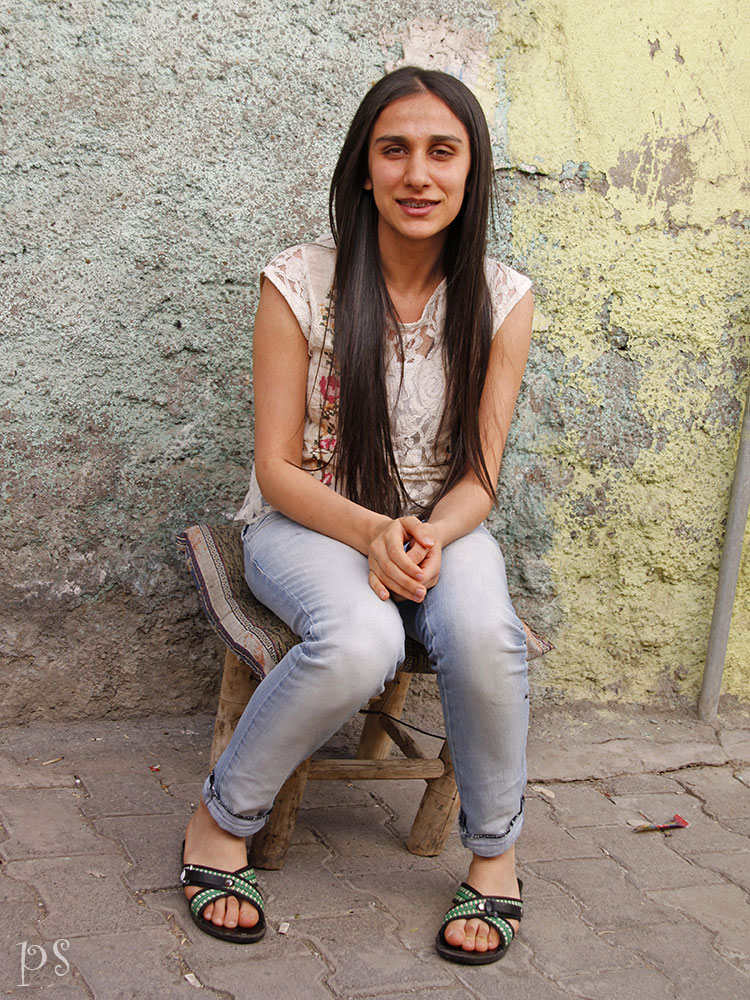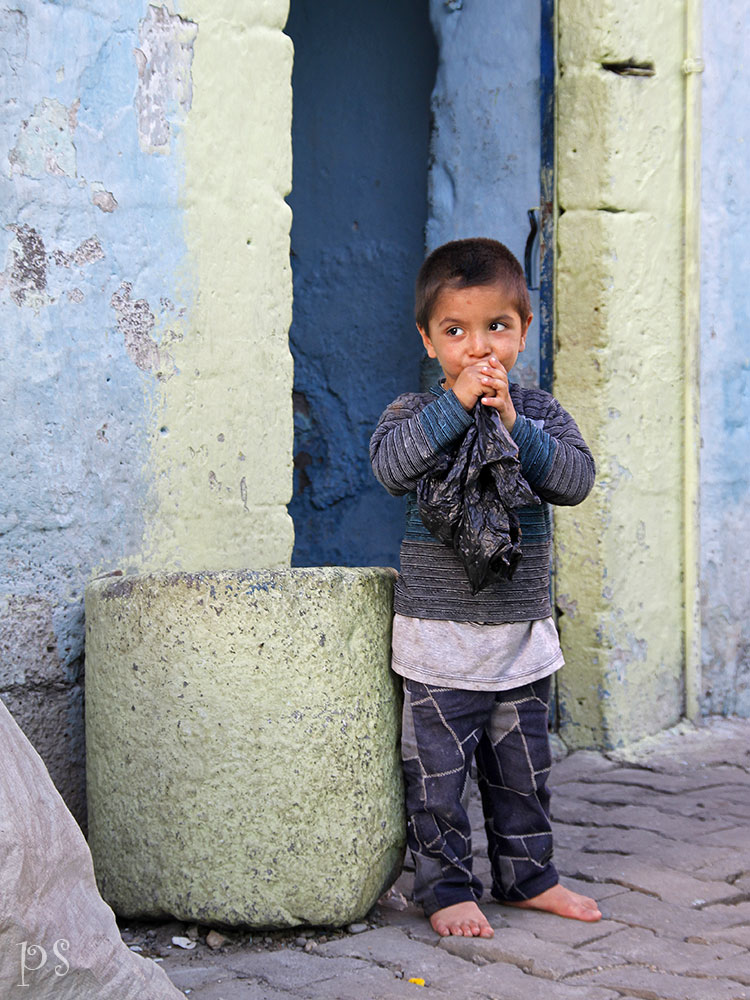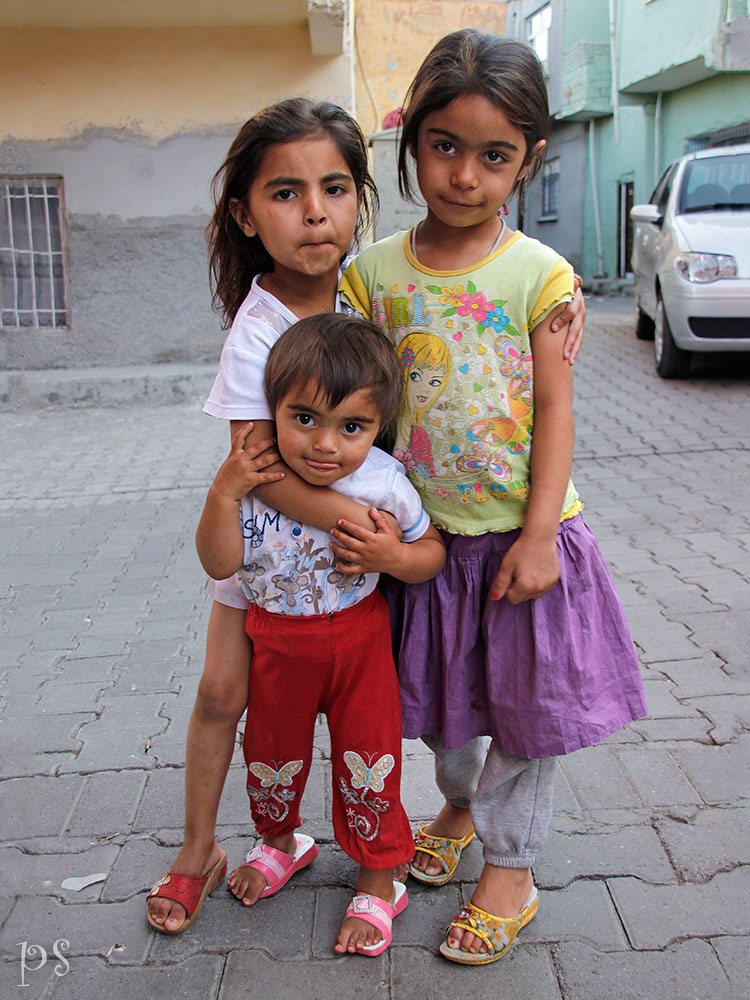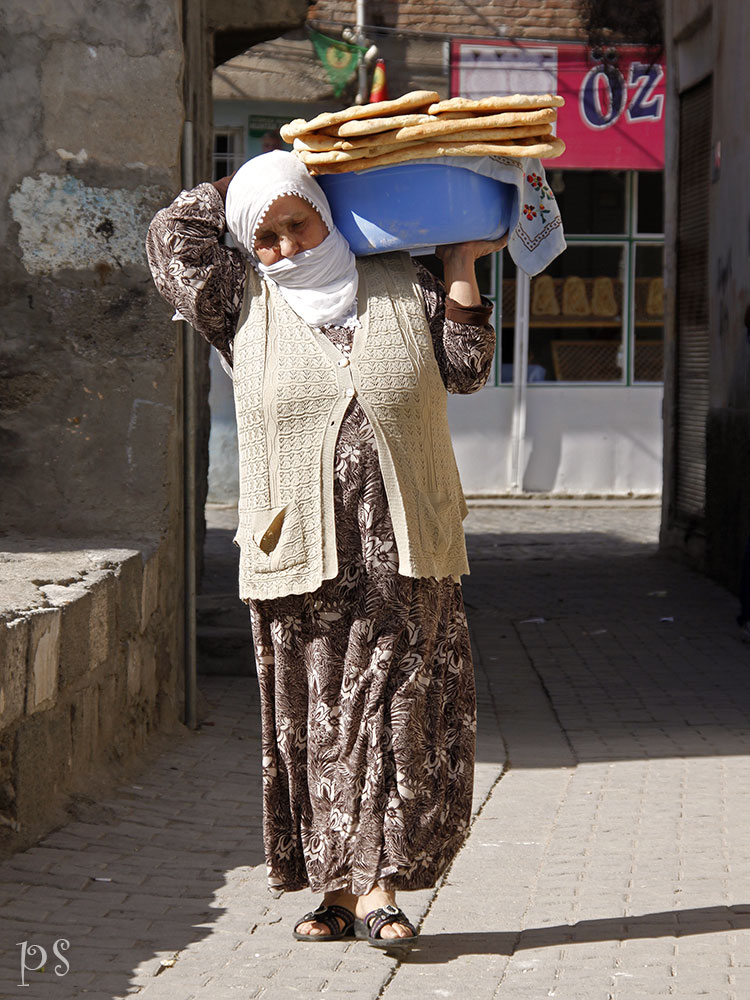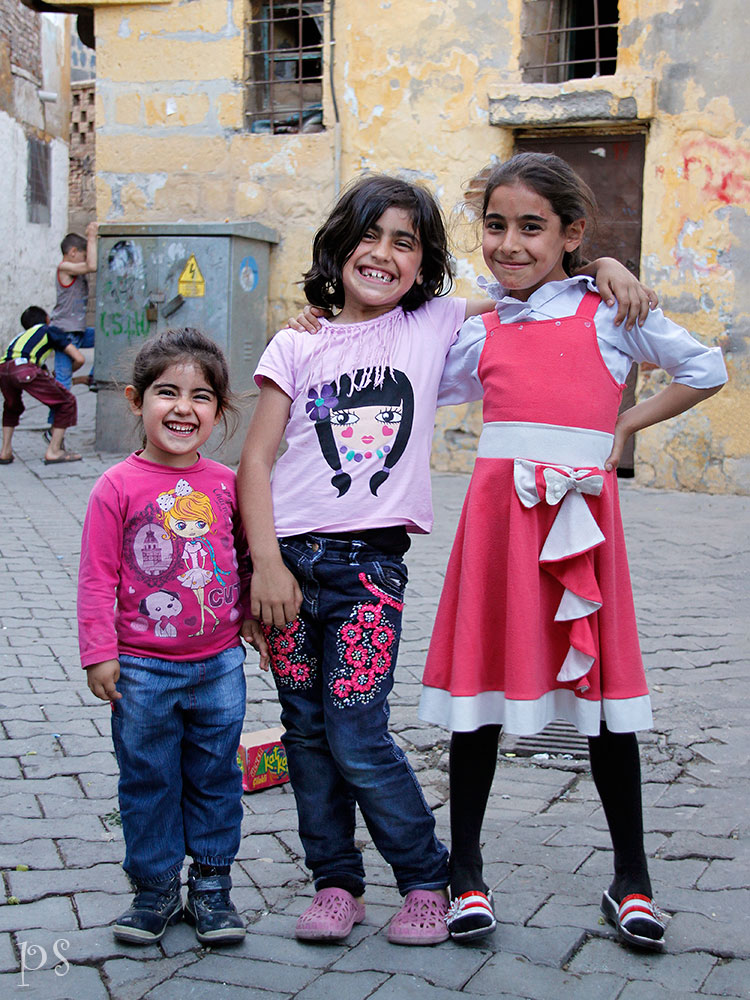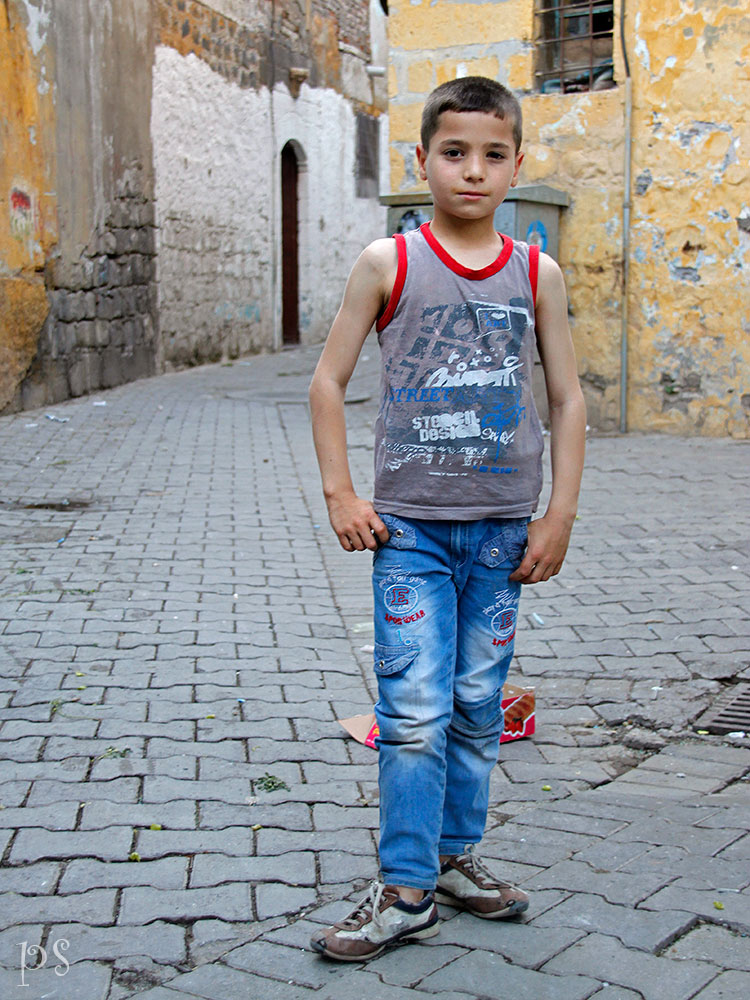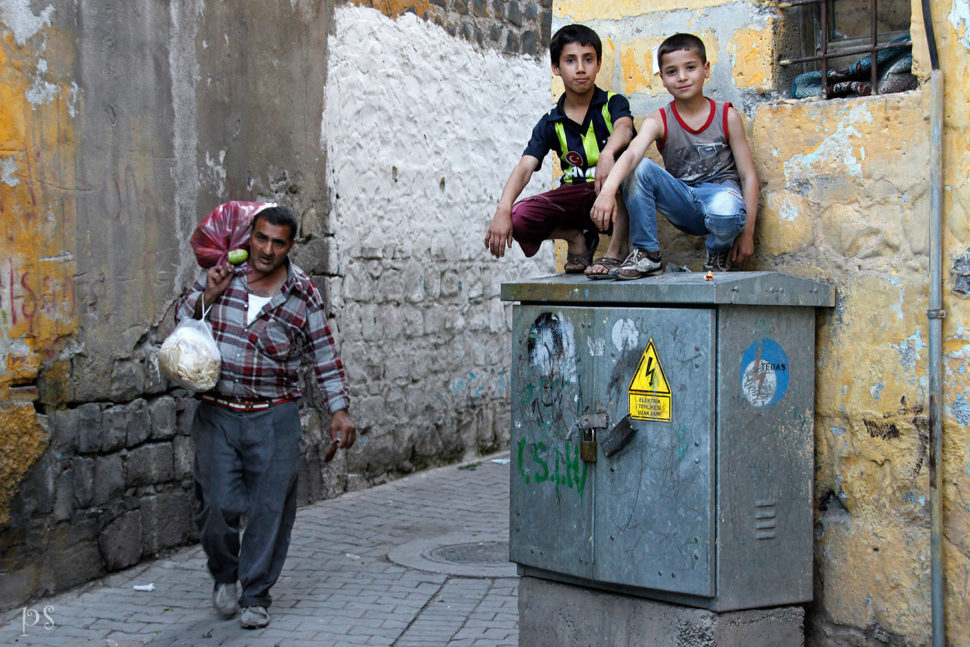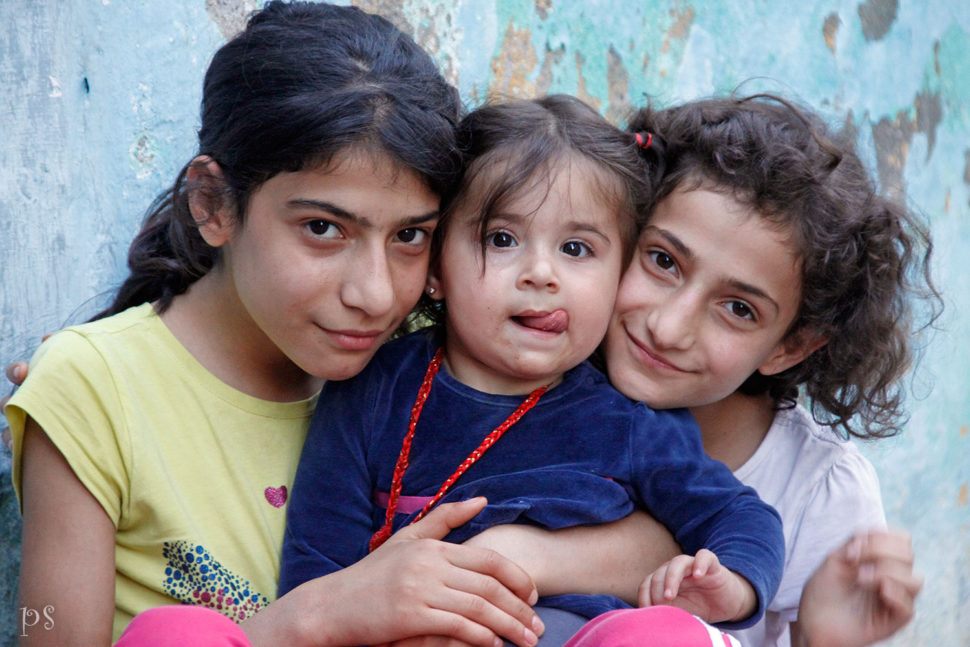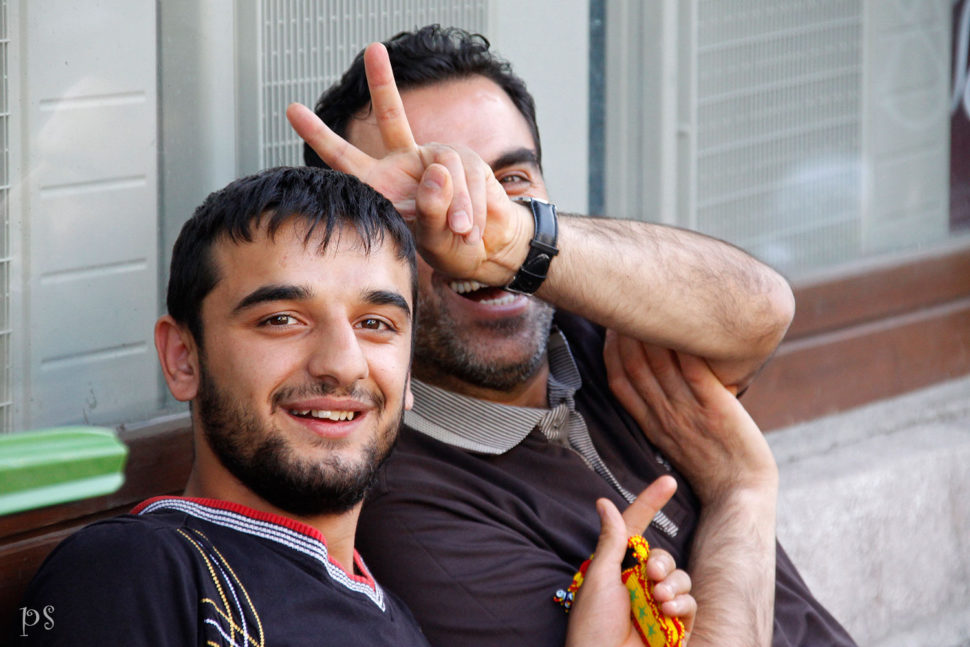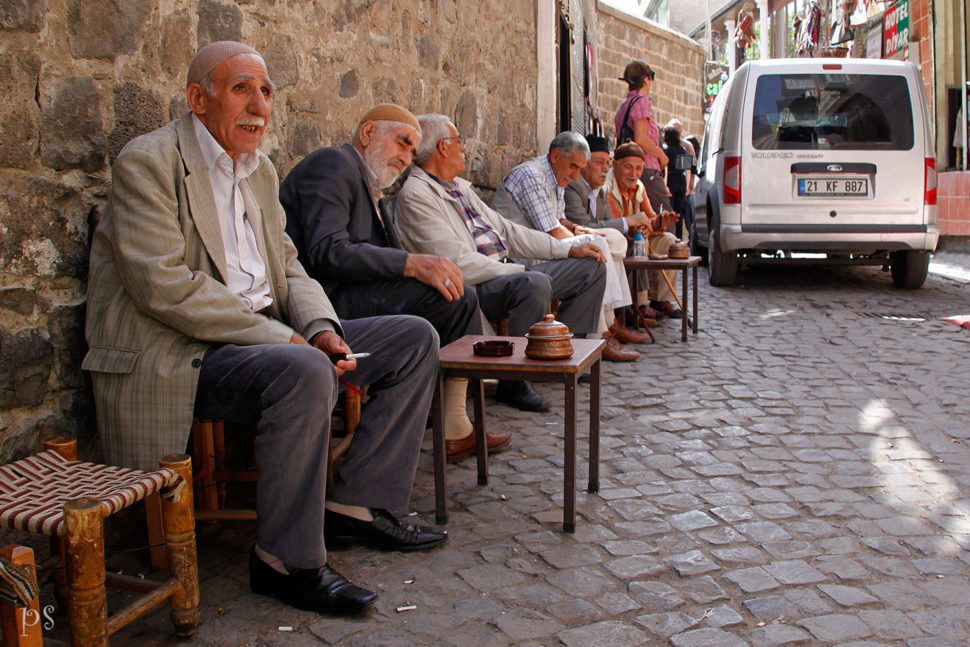Photos telling a story - #Diyarbakir
memories of a place that does not exist anymore
Unofficial capital of Turkish Kurds Diyarkbakir lies in the far southeast of Turkey about 100 km from the borders of Syria. Turkish Kurds are numerous and proud nation, who never succeeded to gain their own country. In the heart of this town of million people is the historic center – surrounded by antic walls, with mosques, churches, narrow streets and stone houses,… People from different cultures: Persians, Armenians, Jews, Turks and of course Kurds, who lived here for centuries have left their footsteps here. This quarter known as Sur which used to be varied mixture of different cultures has been facing a lot of violence and destruction in last two years. I’m not a political analyst to be able to judge if the truth is on the side of Kurds who try to demand their autonomy using actions of violence or the Turkish government fighting against their efforts with military force. The times of barricades, pitched battles and 24-hour curfews are over, but the results are sad: tens of dead, hundreds of injured and about 30 thousand people who left their homes. A lot of their homes do not exist anymore – it was easier for Turkish authorities to demolish the destroyed houses and streets completely.
(Photo: Anadolu Agency/Getty Images, Murat Bay/AP, Reuters and other agencies)
Today there are mostly just mounds of destroyed walls on places where there used to be lively streets. There are already plans to save a few most valued historic sights and to create new center for tourists. There might grow new streets, hotels and restaurants, fat tourists with fat wallets will come. But the original life will probably never come back here.
I took these photos in the streets of Diyarbakir in May 2014, not knowing that I was monitoring something that will not exist anymore in few months. This photo gallery is a homage to these people who used to be born, lived and died here. It’s a homage to those people I met and even to those I never saw. It’s a homage to the pulse of life, which I could feel at every corner two years ago. And more generally it’s also a homage to colorfulness and diversity, which the world is losing slowly and forever …


